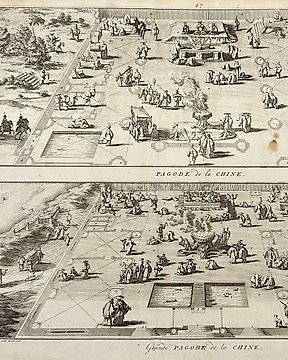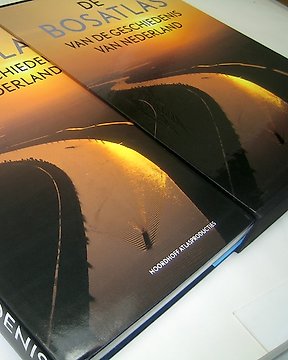Everything worked well
查看翻譯歐洲 - 瑞典/挪威/芬蘭/丹麥/拉脫維亞/立陶宛/愛沙尼亞; Frederik de Wit - Regni Sueciae Tabula Generalis Divisa In Suecia, Gotiae Finniae Ducatus Lapponiam,Livoniam,Ingriam. - 約1680年
編號 85673243





In redelijke conditie.
Middenvouw zoals uitgegeven. Krappe marges, boven geen marge; circa de helft van de gradenrand ontbreekt.
Onderin twee scheurtjes tot ca 1,5cm in beeld, gerestaureerd aan verso. Middenvouw bovenin ca. 2cm gescheurd. Enkele kleine scheurtjes in de marges. Twee verticale plooien. Enkele vlekjes.
Oude kleuring.
Verso blank.
The map represents Finland, Latvia, Lithuania,Estonia, and eastern sweden and the baltic sea. The map was included in the composite atlases by de Wit in the late XVII century.
The engraver and map-seller, Frederick de Wit, was born in Gouda (Netherlands) in 1630 as a son of Hendrick Fredericksz de Wit. Through his marriage with Maria van der Waag of Amsterdam in 1661, he obtained citizenship of the city where he had been working since 1648 and where he became one of the most famous engravers of maps of the second half of the 17th century. Although De Wit was a Catholic, which meant that he was not favoured at the time by the city council, he was awarded the honour of being listed as one of the "excellent citizens" on the roll of the city council in the years 1694-1704. However, his name was not written in the Guild of St. Luke book before 1664. At that time, he lived on the Kalverstraat "in de Witte Pascaert", where he stayed until his death in 1706. His earliest dates on maps engraved are 1659 (Regni Daniae) and 1660 (Worldmap). Frederick de Wit published several world atlases, a sea atlas, and an atlas of the Netherlands.
In redelijke conditie.
Middenvouw zoals uitgegeven. Krappe marges, boven geen marge; circa de helft van de gradenrand ontbreekt.
Onderin twee scheurtjes tot ca 1,5cm in beeld, gerestaureerd aan verso. Middenvouw bovenin ca. 2cm gescheurd. Enkele kleine scheurtjes in de marges. Twee verticale plooien. Enkele vlekjes.
Oude kleuring.
Verso blank.
The map represents Finland, Latvia, Lithuania,Estonia, and eastern sweden and the baltic sea. The map was included in the composite atlases by de Wit in the late XVII century.
The engraver and map-seller, Frederick de Wit, was born in Gouda (Netherlands) in 1630 as a son of Hendrick Fredericksz de Wit. Through his marriage with Maria van der Waag of Amsterdam in 1661, he obtained citizenship of the city where he had been working since 1648 and where he became one of the most famous engravers of maps of the second half of the 17th century. Although De Wit was a Catholic, which meant that he was not favoured at the time by the city council, he was awarded the honour of being listed as one of the "excellent citizens" on the roll of the city council in the years 1694-1704. However, his name was not written in the Guild of St. Luke book before 1664. At that time, he lived on the Kalverstraat "in de Witte Pascaert", where he stayed until his death in 1706. His earliest dates on maps engraved are 1659 (Regni Daniae) and 1660 (Worldmap). Frederick de Wit published several world atlases, a sea atlas, and an atlas of the Netherlands.









